Description
(Alpha-1 Adrenergic Agonist for Vasopressor Support, Hypotension Management, and Procedural Vasoconstriction)
Rapid-Acting Vasopressor for Targeted Cardiovascular and Procedural Use
Phenylephrine Hydrochloride Injection, at a concentration of 10 mg/mL in a 1 mL single-use vial, is a potent alpha-1 adrenergic receptor agonist used in acute care, perioperative, and procedural settings. It acts as a selective vasoconstrictor, increasing systemic vascular resistance and elevating blood pressure with minimal chronotropic (heart rate) effects.
This formulation provides precise, fast-acting hemodynamic support, ideal for managing hypotensive episodes, optimizing vascular tone during anesthesia, and assisting with nasal or ophthalmic procedures where vasoconstriction is desired.
Product Overview
- Active Ingredient: Phenylephrine Hydrochloride
- Concentration: 10 mg/mL
- Total Volume: 1 mL per vial
- Route of Administration: Intravenous (IV), intramuscular (IM), or subcutaneous (SC)
- Form: Sterile aqueous solution, preservative-free
- Packaging: Single-dose vial
- Storage: Store at controlled room temperature (20–25°C); protect from light
- Prescription Required: For use by qualified medical personnel in monitored settings
Pharmacological Class
- Drug Class: Sympathomimetic / Vasopressor
- Mechanism: Direct alpha-1 adrenergic receptor stimulation
- Effect: Peripheral vasoconstriction → ↑ systemic vascular resistance → ↑ mean arterial pressure (MAP)
- Onset: Immediate (IV); within minutes (IM/SC)
- Duration: Short (approx. 15–20 minutes depending on route)
Mechanism of Action
Phenylephrine acts as a pure alpha-1 agonist, producing vasoconstriction without significant beta-adrenergic activity. This results in:
- Increased blood pressure via arteriolar and venous smooth muscle contraction
- Reduced vascular capacitance and improved venous return
- Minimal cardiac stimulation compared to agents like epinephrine or norepinephrine
- Reflex bradycardia may occur secondary to baroreceptor activation
This makes phenylephrine particularly useful in situations requiring tight blood pressure control without increased myocardial oxygen demand.
Clinical Indications
Phenylephrine 10 mg/mL is indicated for:
1. Acute Hypotension
- Treatment of drug-induced or neurogenic hypotension
- Vasopressor support during anesthesia-induced hypotension (e.g., spinal, epidural)
- Shock states where vascular tone is compromised and cardiac output is preserved
2. Procedural Vasoconstriction
- Ophthalmologic surgeries to induce mydriasis and reduce intraocular bleeding
- Nasal decongestion or mucosal vasoconstriction during ENT procedures
- May be used topically (diluted) in select surgical settings under strict supervision
3. Diagnostic Adjunct
- Occasionally used to provoke vascular responses during diagnostic testing for baroreflex or autonomic function studies
Dosing and Administration
- IV Bolus: Typically 50–200 mcg (0.005–0.02 mL), titrated to effect
- IV Infusion: Dilute appropriately in saline or dextrose; infusion rates of 0.5–5 mcg/kg/min
- IM/SC: May be administered at 2–5 mg every 1–2 hours as needed
- Max dose and route depend on indication and patient status
- Dilution Required: For IV infusion or procedural use, dilute to appropriate concentration prior to administration
Administer under continuous hemodynamic monitoring when used systemically.
Safety and Tolerability
Phenylephrine is generally well tolerated when used within therapeutic ranges, but monitoring is essential due to its potent vasoconstrictive effects.
Common side effects include:
- Reflex bradycardia
- Hypertension
- Headache or restlessness
- Peripheral vasoconstriction (cool extremities)
Serious risks include:
- Severe hypertension
- Reduced cardiac output in hypovolemic patients
- Tissue necrosis with extravasation
Administer via a secure IV line, and monitor for infiltration or tissue compromise.
Contraindications
Avoid in:
- Severe hypertension or ventricular tachycardia
- Hypersensitivity to phenylephrine or formulation components
- Patients with severe peripheral vascular disease
- Monoamine oxidase inhibitor (MAOI) therapy (risk of hypertensive crisis)
Use cautiously in elderly patients, those with ischemic heart disease, and in pregnancy, where vasoconstrictive agents may impact uterine perfusion.
Storage and Handling
- Store at 20–25°C (68–77°F)
- Protect from excessive light and heat
- Do not use if solution is discolored or contains particulates
- Discard unused portion after single use
Why Choose Phenylephrine 10 mg/mL Injection?
- High concentration for precise titration in critical care
- Effective as first-line or adjunctive pressor support
- Minimal cardiac stimulation compared to mixed agonists
- Preferred in perioperative blood pressure management
- Reliable and fast-acting for procedural control of local vasculature
Summary
Phenylephrine HCl Injection – 10 mg/mL (1 mL Vial) provides rapid and controlled vasopressor activity for managing acute hypotension, surgical vasoconstriction, and perioperative cardiovascular support. As a direct alpha-agonist, it is a trusted tool in anesthesia, emergency, and critical care environments where precise control of vascular tone is essential.

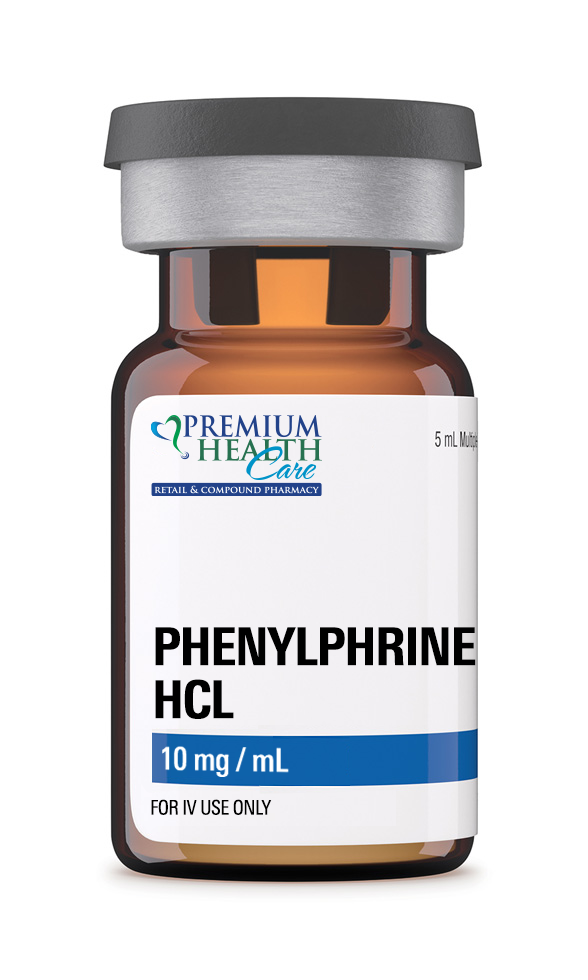
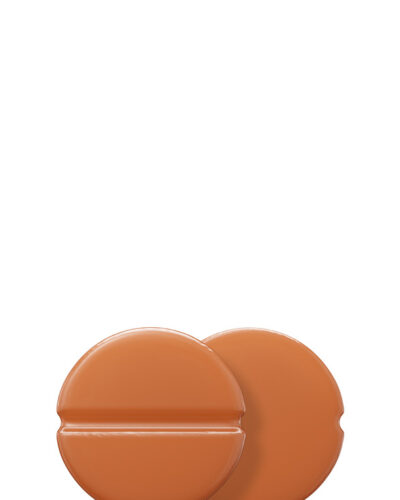
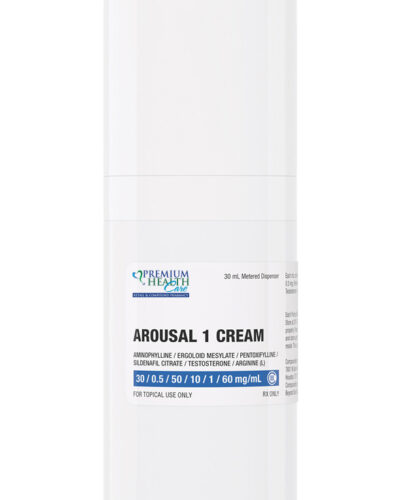
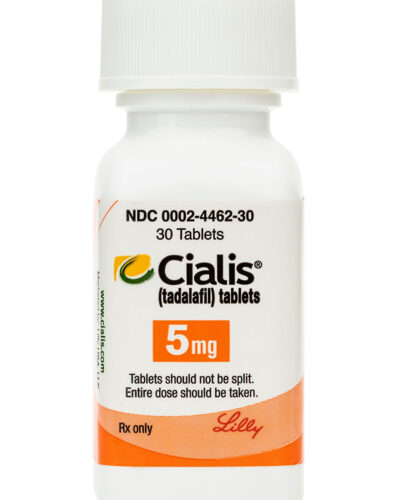
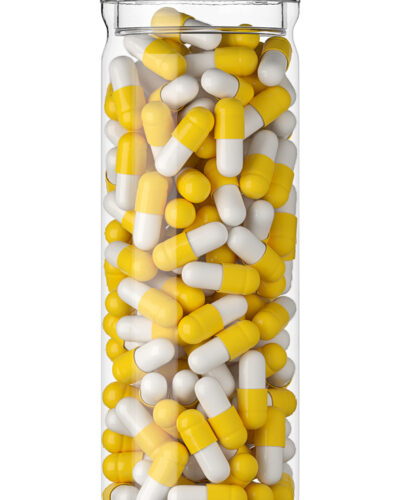
Reviews
There are no reviews yet.